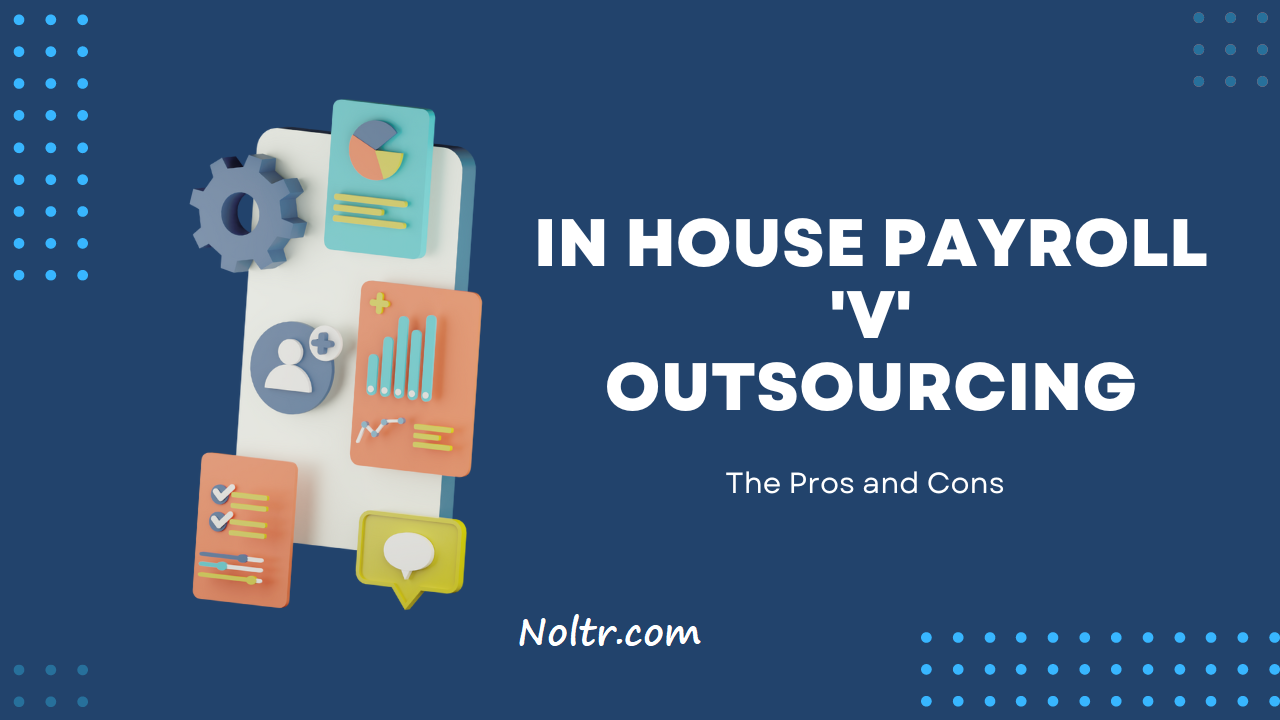Managing payroll is a crucial task for any business, ensuring employees are paid accurately and on time. Businesses can choose to manage payroll in-house or outsource it to a payroll service provider. Each approach has its advantages and disadvantages. This article explores the key differences between payroll services and in-house payroll, helping you decide which option is best for your business.
In-House Payroll: Advantages and Disadvantages
Advantages of In-House Payroll:
- Control and Customization: Managing payroll in-house provides complete control over payroll processes, allowing for customization to meet specific business needs.
- Immediate Access to Data: In-house payroll systems offer immediate access to payroll data, making it easier to address issues and make adjustments quickly.
- Confidentiality: Handling payroll internally can enhance data confidentiality, as sensitive information remains within the company.
Disadvantages of In-House Payroll:
- Time-Consuming: In-house payroll requires significant time and effort, particularly for businesses with complex payroll needs.
- Risk of Errors: Manual payroll processing increases the risk of errors, which can lead to compliance issues and employee dissatisfaction.
- Cost of Software and Training: Investing in payroll software and training staff can be expensive, particularly for small businesses.
Payroll Services: Advantages and Disadvantages
Advantages of Payroll Services:
- Time Savings: Outsourcing payroll frees up valuable time for HR and accounting teams, allowing them to focus on strategic tasks.
- Accuracy and Compliance: Payroll service providers are experts in payroll processing, reducing the risk of errors and ensuring compliance with tax laws and regulations.
- Access to Advanced Features: Payroll services often include advanced features such as direct deposit, automated tax filing, and employee self-service portals.
- Scalability: Payroll services can easily scale to accommodate business growth, adding more employees and handling increased complexity.
Disadvantages of Payroll Services:
- Cost: While payroll services can save time and reduce errors, they come with a cost. Businesses need to evaluate whether the expense fits within their budget.
- Less Control: Outsourcing payroll means relinquishing some control over the payroll process, which may be a concern for some businesses.
- Data Security Concerns: Sharing sensitive payroll data with an external provider raises security concerns. It’s crucial to choose a reputable provider with robust security measures.
Key Considerations for Choosing Between Payroll Services and In-House Payroll
When deciding between payroll services and in-house payroll, consider the following factors:
1. Business Size and Complexity:
- Small Businesses: Small businesses with straightforward payroll needs may benefit from the simplicity and cost-effectiveness of payroll services.
- Large Businesses: Larger businesses with complex payroll requirements may prefer the control and customization of in-house payroll systems.
2. Budget:
- Cost Analysis: Compare the costs of in-house payroll (software, training, staff time) with the fees for payroll services. Consider both direct and indirect costs.
- Value for Money: Evaluate the value provided by payroll services, including time savings, error reduction, and compliance assurance.
3. Expertise and Resources:
- In-House Expertise: Assess whether your HR and accounting teams have the expertise to manage payroll accurately and efficiently.
- External Support: Consider the benefits of outsourcing payroll to experts who stay current with changing tax laws and regulations.
4. Compliance and Risk Management:
- Regulatory Compliance: Ensure your chosen approach can handle compliance with federal, state, and local tax laws, as well as labor regulations.
- Risk Mitigation: Consider the risk of errors and compliance issues with both in-house and outsourced payroll solutions.
5. Flexibility and Scalability:
- Business Growth: Evaluate how each option can accommodate business growth and changing payroll needs.
- Adaptability: Consider whether your chosen solution can adapt to changes in payroll regulations and business requirements.
Making the Decision
To make an informed decision, follow these steps:
1. Conduct a Needs Assessment: Assess your business’s specific payroll needs, including the number of employees, payroll frequency, and complexity of payroll calculations.
2. Evaluate Options: Research and compare in-house payroll software and payroll service providers, focusing on features, costs, and user reviews.
3. Consider a Hybrid Approach: Some businesses opt for a hybrid approach, using in-house payroll for basic processing and outsourcing complex tasks, such as tax filing and compliance management.
4. Seek Professional Advice: Consult with a payroll expert or financial advisor to gain insights and recommendations based on your business’s unique needs.
